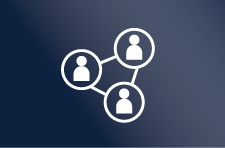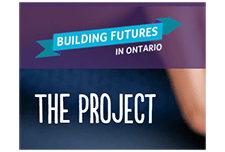Discover financial empowerment resources
Discover financial empowerment resources
Financial empowerment (FE) is an approach to poverty reduction that focuses on improving the financial security of people living on low income. Evidence shows that embedding FE interventions into municipal welfare, employment, housing, shelter and health services can significantly boost service...

This course is offered by the Canadian Foundation for Economic Education, a non-profit organization that works to improve economic, financial, and enterprising capability. This financial literacy course for general audiences covers a range of topics: money basics and the economy, setting goals and...

The Canadian Foundation for Economic Education (CFEE) works collaboratively with funding partners, departments of education, school boards, schools, educators, and teacher associations to develop and provide free, non-commercial programs and resources for teachers and students – developed and...

Many initiatives are underway focused on teaching kids what people feel they should know about money. But, to our knowledge, no one has ever reached out broadly to ask youth what they want to learn about – what they are interested in – the challenges they face – and how they would like to...
A collaborative project with provinces to integrate economic, financial and enterprise education into the compulsory school curriculum. See the Building Futures in Manitoba, the Building Futures in Ontario and the new Building Futures in Alberta web sites for more information on these programs and...

Open, honest conversations about money are one of the keys to building a healthy relationship with your family, across the generations. With a little preparation, talking about financial matters can help build trust, deepen connections, relieve stress and lead to greater peace of mind. Yet for...

